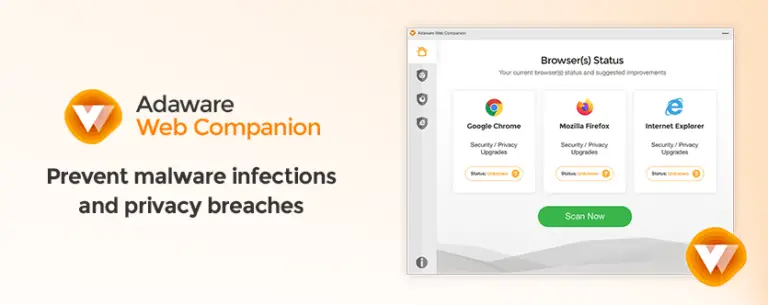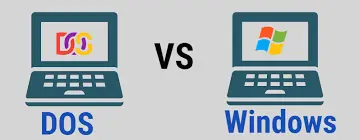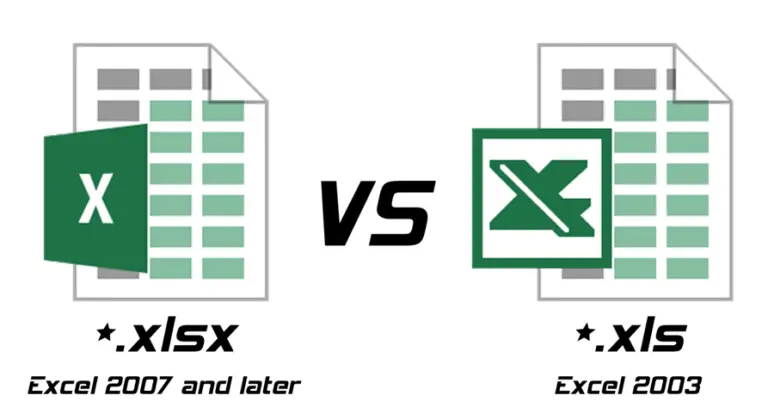Advantages and Disadvantages of Open Source Software
Open-source software today has become quite important for every organization out there. Almost everything needs open source software, whether it is telecommunication systems, accounting, inventory, contact management, personal productivity applications, and operating systems and more.
Open source is one kind of software app that offers users source code that can be modified easily and freely. In past, some years open-source software application has been quite popular, particularly in the technology industry.
What’s Open Source Software?

The open-source software can be distributed with the source code and making it easily available for use, distribution, and even modification with the original rights. The source code is a part of the software that many computer users do not see; it is a code that computer programmers or engineers manipulate to manage how the application or program behaves.
Developers who have access to the source code will change the program just by adding, changing, and fixing certain parts that are not working rightly. Open Source Software typically includes the license that allows developers and programmers to modify this software that fit their requirements and control how this software is distributed.
OSS will have a major impact on the organization. There’re many benefits of using open-source software and even drawbacks that we will check out in this article.
Advantages of Open Source Software
1. Created by Professional and Talented People
Well-established and big software firms have the financial ability to hire the top talent in this business and create the products. Due to this, lots of people buy computer software’s from these companies as they think they will get huge value for the money while doing so.
2. Reduced Hardware Costs
As Linux and other open-source software’s are portable and compressed, this takes very little hardware power for doing similar tasks compared to hardware power that it takes on servers, like Windows, Solaris, and workstations. With the less hardware power benefit, you may even use older or cheaper hardware and get desired outputs.
3. Licensing
The open-source software provides the most convenient license schemes. Therefore, users don’t have to worry about tracking and monitoring. Regardless of its location, open-source software can be used. Furthermore, it doesn’t pose any kind of restrictions on the number of times this will be installed.
4. Security
Many people prefer working out with open-source software due to the transparency that it provides. As this source is accessible, many programmers are studying, inspecting as well as reviewing its code. This means there is almost no room for mistake– someone will spot omissions and bugs and fix them to remove them.
5. Cultivates Improved Learning
OSS is a result of the collective contribution. Authentic feedback and direct support on this source code will be expected, particularly when several experts are working in the open environment. Connoisseurs will appreciate and implement the suggestions, feedback, and real advice. This promotes much better learning. OSS candidness is appreciable, as the open environment initiates the learning culture — and where knowledge will be accepted and shared.
6. Reliable
There’re two primary reasons why open-source applications are reliable. First, they are developed mainly by talented and skilful professionals who will try their best for creating high-quality programs. Secondly, they are worked by hundreds of people that means there’re many eyes to monitor for the presence of the bugs and pairs of hands, which will fix such defects in the shortest period. Both these factors will lead to the products that have good quality as well as helpful functions and perform very well.
7. Flexibility
Unlike in the proprietary software, the user in OSS doesn’t experience any vendor lock-ins. Although there’re some irrelevant features, users will effectively remove them. The reason is the source code will be free to modify and change. Users don’t have to stick to their provider’s requirements.
Disadvantages of Open Source Software
1. Not Very User-Friendly
There is not any requirement of creating a commercial product that can sell or generate money, the open-source software will tend to evolve in line with the developers’ requirements than the end-user needs. Thus, the software is generally tough to use and not very user-friendly, since developers pay very little attention to its user interface.
2. Hidden Charges
OSS is completely free but in case you face any problems in implementing this software then this will cost some money. The third-party support and maintenance of this software will charge you more. Costs money for running later will be one huge burden, particularly if you have not considered its hidden costs right from the beginning.
3. Compatibility
Many applications can’t support both OSS and proprietary software. Suppose proprietary hardware has to run on the open-source machine, then it needs third-party drivers. But, that can’t guarantee that hardware can work on a host machine. Thus, before buying hardware it’s better you check it’s supported by open source apps.
4. A Bit Risky
That is said about each technology out there. There’s very minimum risk involved over all the software and technologies. The main point is, how nicely these flaws are handled. Just give this one thought, and ‘releasing the source code for everybody across the world.’ This invites vulnerability — at a higher speed and can be uncontrolled at a certain stage.
5. Customer Support
When using OSS, it’s quite common for the users to experience some technical issues. Unlike the proprietary software, OSS doesn’t offer any extensive support. So, to fix this issue, people look for support services available online.
As the OSS is made by several developers, there isn’t just one person who will be liable for the error. An only option is to get in touch with the provider or you can rely on third-party support options.
Final Words
Your decision of using open-source software must not at all be taken on basis of its low cost. It involves a detailed analysis and knowledge about the various requirements before you switch to the open-source software in order to get complete benefits from it.







Good content it’s lengthy with more information and you have shared what others are not sharing.